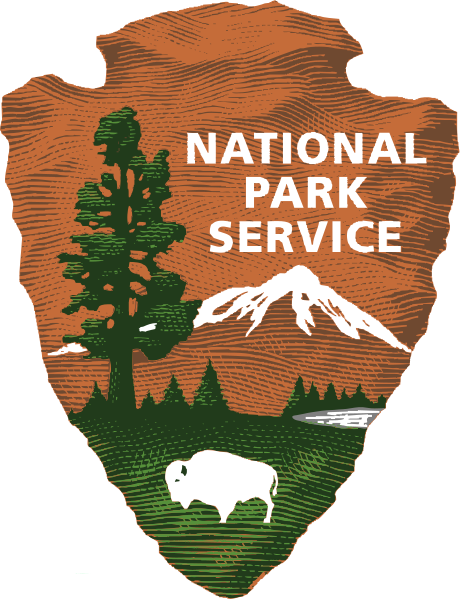Entertainment
25 Strange But True Facts About the USA
By Jake Beardslee · July 10, 2024
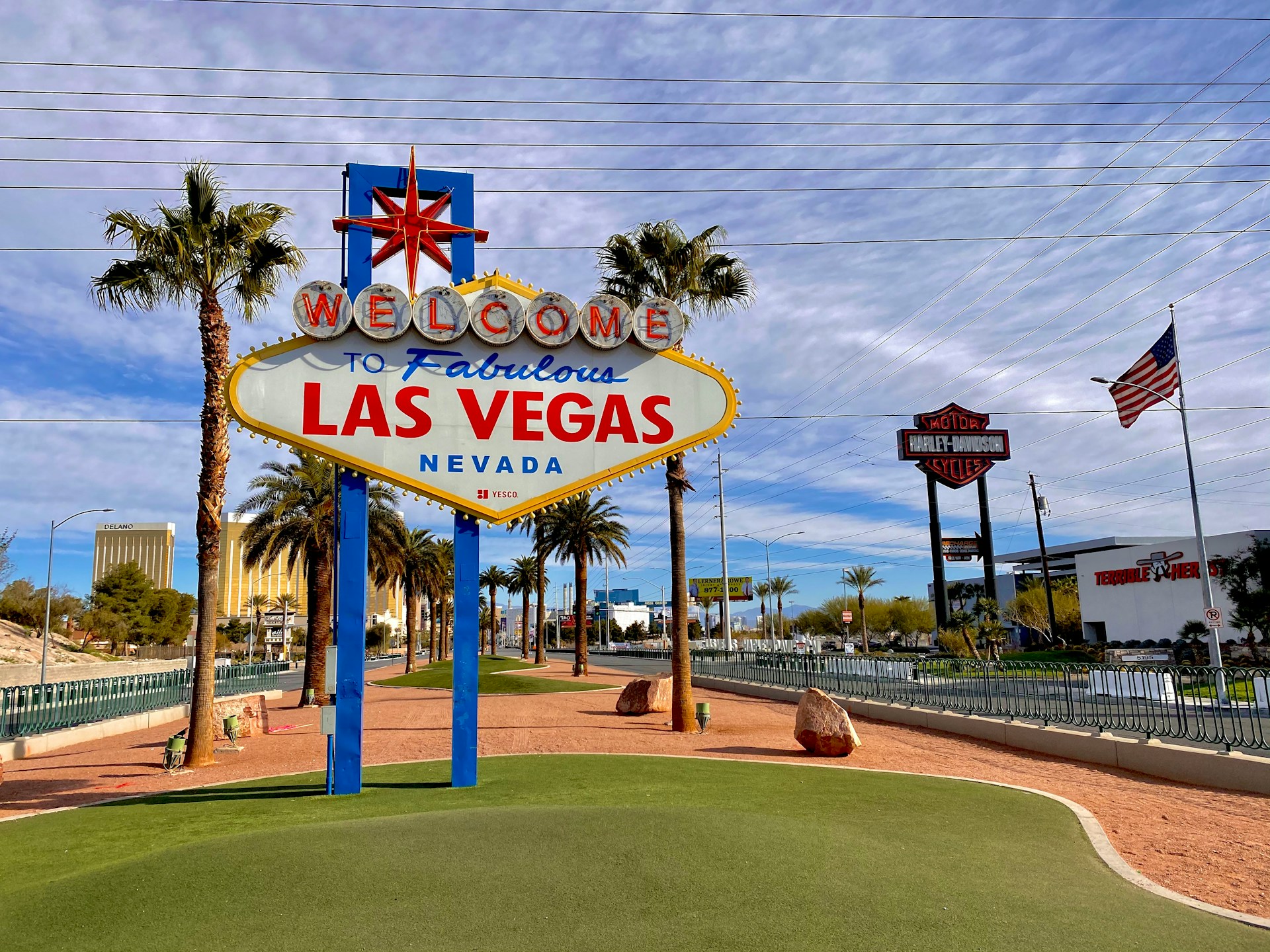
Las Vegas: A City of Endless Beds
The entertainment capital of the world, Las Vegas, boasts an astounding inventory of over 151,000 hotel rooms. This mind-boggling number means that if you were to embark on the ambitious quest to sleep in a different Vegas bed every night, it would take you more than 400 years to complete the task! David Lusvardi / Unsplash
Apple's Financial Might
In a surprising twist of financial fortunes, tech giant Apple often boasts more readily available cash than the entire US Treasury. While the government's coffers typically hover between $40 and $100 billion, Apple's operating cash frequently surpasses this figure. This staggering fact came to light when Apple's total worth hit an unprecedented $3 trillion in 2022, crowning it the world's most valuable company. Rob Janoff / Wikimedia
America's Appetite for Pizza
Every day, Americans devour the equivalent of 100 acres of pizza. The scale of consumption is staggering: 3 billion pizzas sold annually, translating to a whopping 46 slices or 23 pounds per person each year. This pizza frenzy equates to 350 slices being consumed every second across the country. When it comes to toppings, pepperoni reigns supreme, with Americans consuming 251.7 million pounds annually. igorovsyannykov / Wikimedia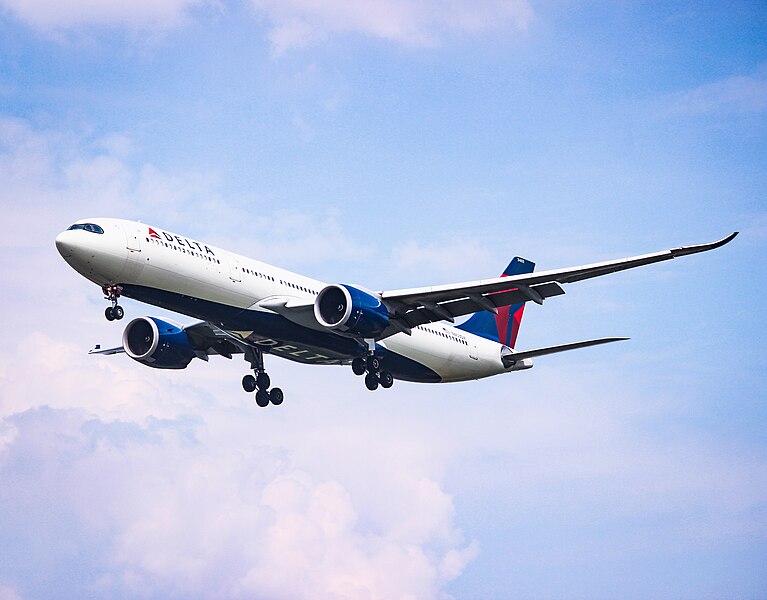
America's Bustling Skies
The United States airspace is a hive of constant activity, with the Federal Aviation Administration (FAA) orchestrating a mind-boggling 45,000 flights every single day. This intricate aerial dance spans across 29 million square miles, nearly a fifth of the world's total airspace. To put this into perspective, while there are approximately 9,800 nesting pairs of bald eagles in the US, you're far more likely to spot a plane than America's national bird. Raghav Bag / Wikimedia
The Unofficial Lingua Franca
Contrary to popular belief, the United States has no officially designated national language. While English dominates communication and is spoken by around 239 million Americans, it has never been formally recognized as the country's official tongue. This linguistic diversity is further emphasized by the presence of roughly 35 million Spanish speakers and numerous other language communities throughout the nation. Dan Gold / Unsplash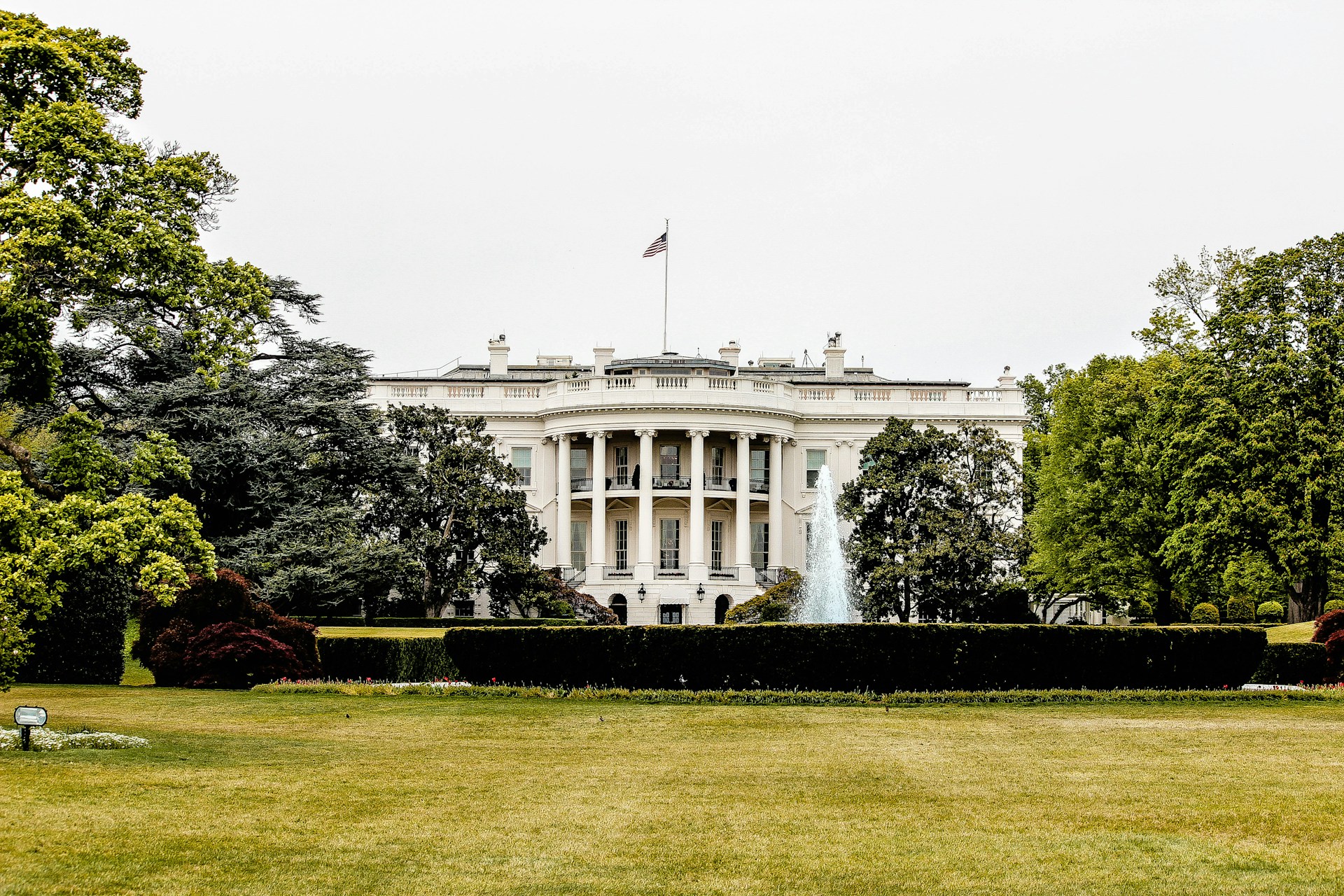
Presidential Postal Privacy
In a unique measure to protect the First Family's privacy, the US Postal Service assigns each new President a confidential ZIP code. This little-known practice helps shield the presidential family from the overwhelming deluge of mail they receive, ensuring that personal and important messages don't get lost in the public correspondence. While there are approximately 42,000 ZIP codes covering every corner of the country, this secret presidential code remains known only to a select few. René DeAnda / Unsplash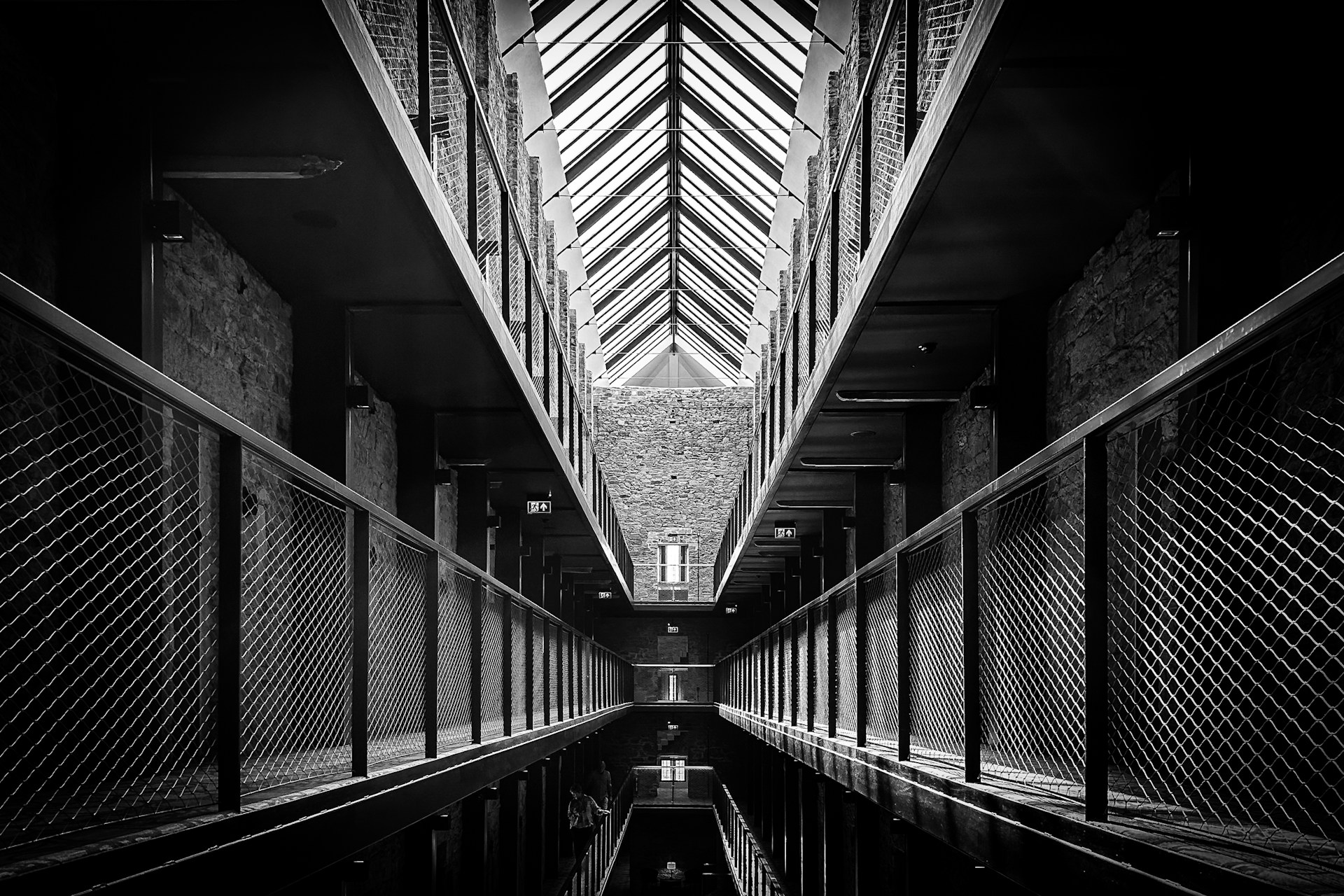
America's Incarceration Nation
The United States holds a troubling world record - it incarcerates more of its citizens than any other country, with a staggering 724 people behind bars for every 100,000 residents. This translates to approximately 2.2 million Americans in prison, surpassing the entire population of some small countries. The issue is compounded by overcrowded facilities operating beyond capacity and a significant number of individuals - over 21% of the incarcerated population - held in pre-trial detention due to inability to afford bail. Nick Fewings / Unsplash
The Mayflower's Enduring Legacy
An estimated 10 million Americans and 35 million people worldwide can trace their ancestry back to the 102 passengers of this iconic ship. This genetic legacy spans centuries and includes notable figures like presidents John Adams and Julia Child, as well as cultural icons such as Humphrey Bogart and Norman Rockwell. Nye, Edgar Wilson "Bill" (1850-1896) / Wikimedia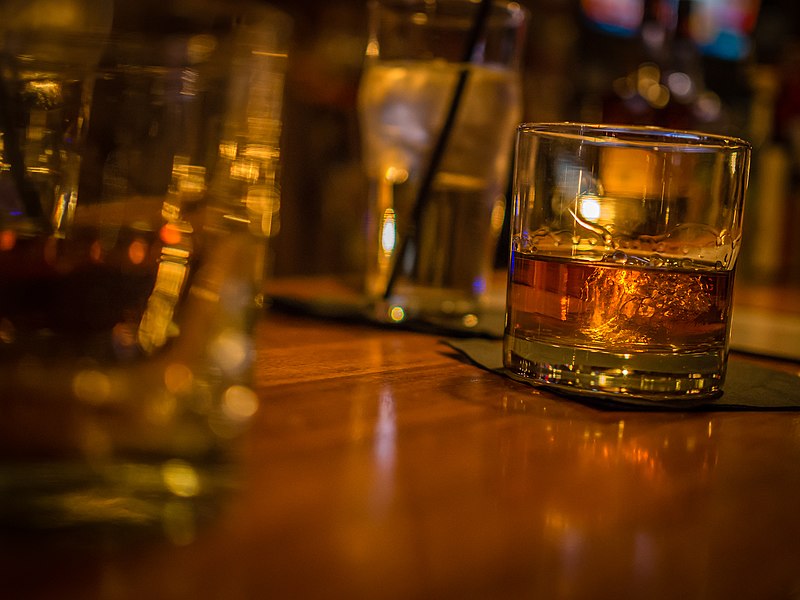
Kentucky: The Bourbon State
Kentucky's relationship with bourbon is nothing short of extraordinary. The state produces a staggering 95% of the world's supply of this distinctly American spirit. In fact, Kentucky is home to more bourbon barrels than people, with the amber liquid aging in over 2 million barrels across the state. This dominance in bourbon production is so significant that the US government officially protected the spirit in 1964 to maintain its authenticity. ctj71081 / Wikimedia
America's Corn Kingdom
Corn reigns supreme in American agriculture, with a whopping 91.7 million acres planted in 2019 alone - enough to cover 69 million football fields! This golden crop is not just about quantity; it's a versatile giant fueling various sectors of the economy. From breakfast cereals to livestock feed, corn is integral to the American food system. Its cultivation spans vast swathes of the country, particularly dominating the Midwest's famous "Corn Belt." Kelcy Gatson / Unsplash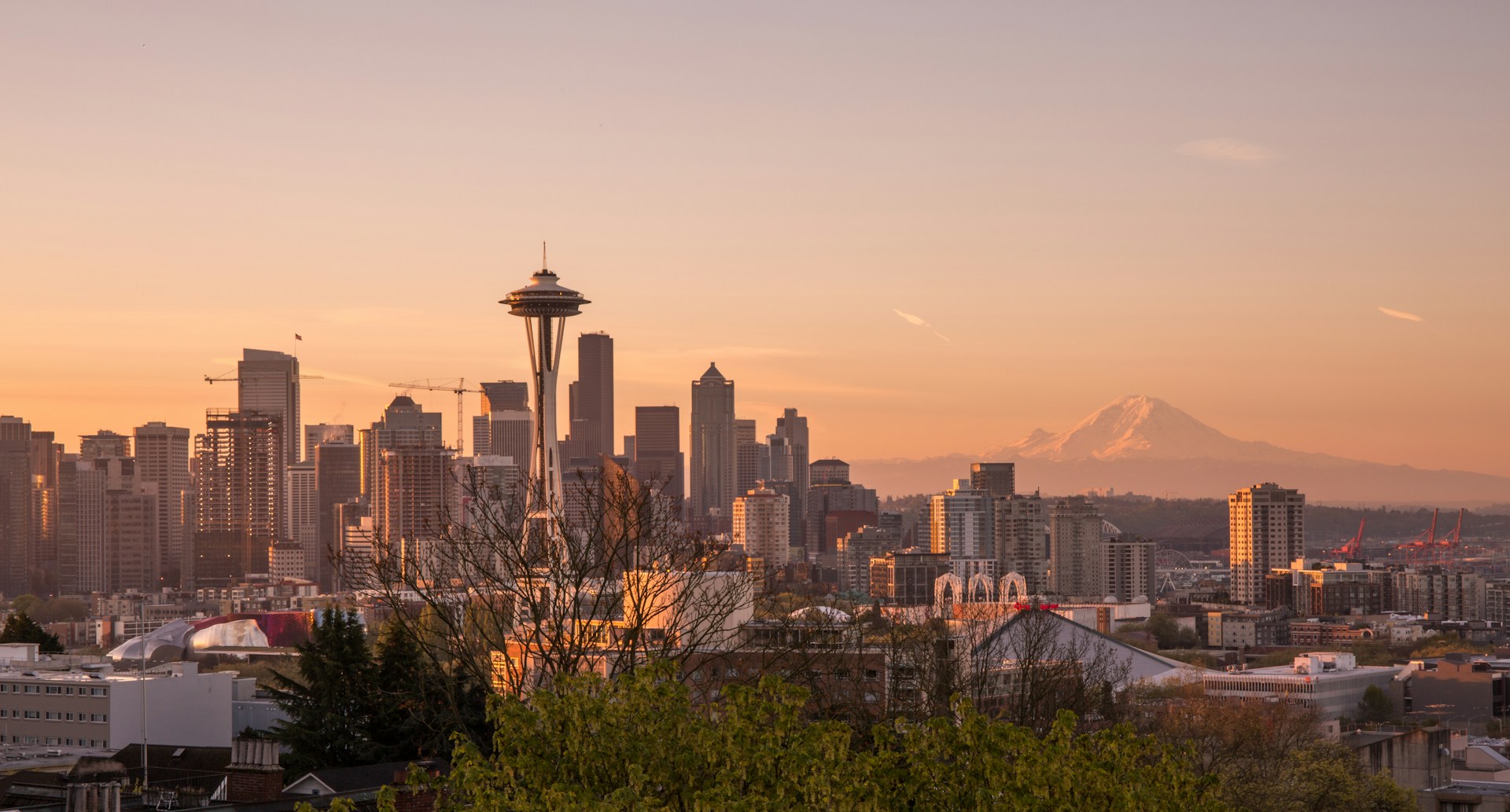
Seattle's Underground Past
Beneath the bustling streets of modern Seattle lies a hidden city - a relic of the 19th century preserved 20 feet below the surface. This underground world was born from the ashes of the Great Seattle Fire of 1889, which prompted city planners to literally raise street levels during reconstruction. The result is a subterranean network of abandoned storefronts, sidewalks, and passageways that once formed the heart of old Seattle. Zhifei Zhou / Unsplash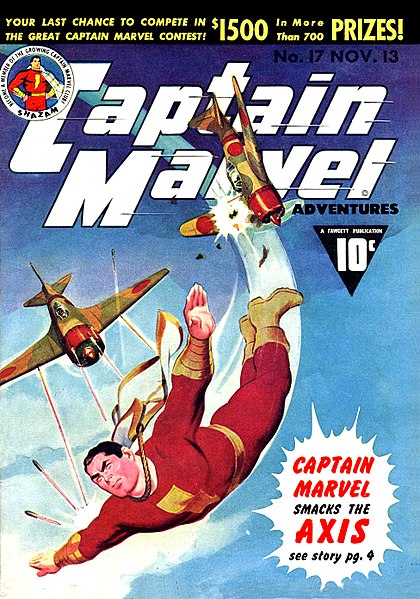
Wartime Comics
During World War II, American comic books often featured patriotic themes and characters. One such example was "The Fighting Yank," a superhero who fought against Axis forces in his adventures. These comics reflected the cultural attitudes and concerns of the time, mixing entertainment with wartime narratives. While the storytelling might seem straightforward compared to modern comics, these publications provide a window into how popular media engaged with the war. Today, these wartime comics are studied as cultural artifacts, offering insights into the social and political climate of 1940s America. C.C. Beck / Wikimedia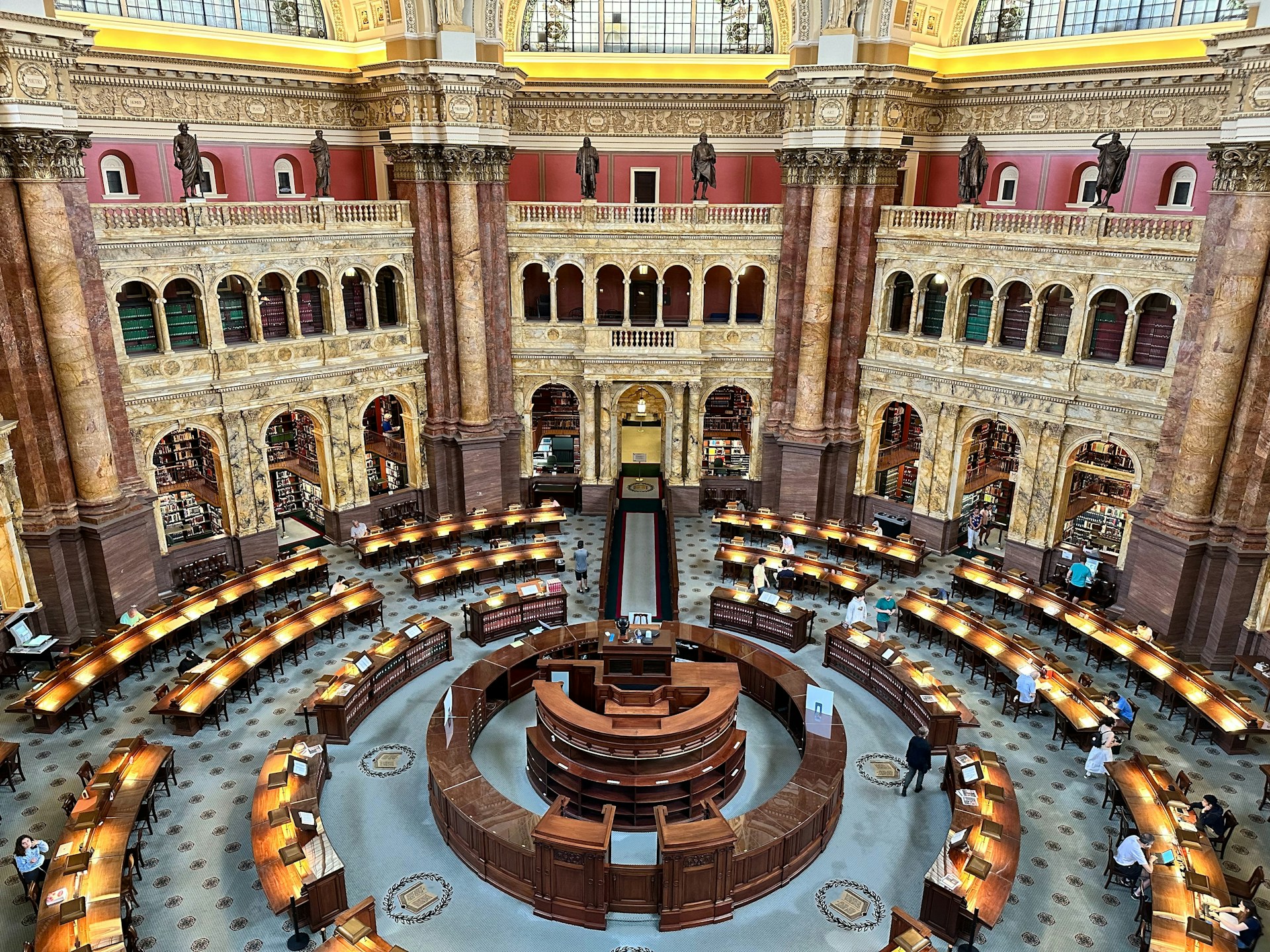
America's Literary Treasure Trove
The Library of Congress stands as a testament to America's intellectual wealth, housing an astonishing collection that has grown from a modest 6,487 books in 1800 to over 39 million books and 167 million other items today. Its shelves stretch an incredible 838 miles, containing everything from ancient manuscripts to digital files. Unlike many national libraries, the Library of Congress is remarkably accessible, welcoming anyone over 16 to explore its vast resources. Abdullah Guc / Unsplash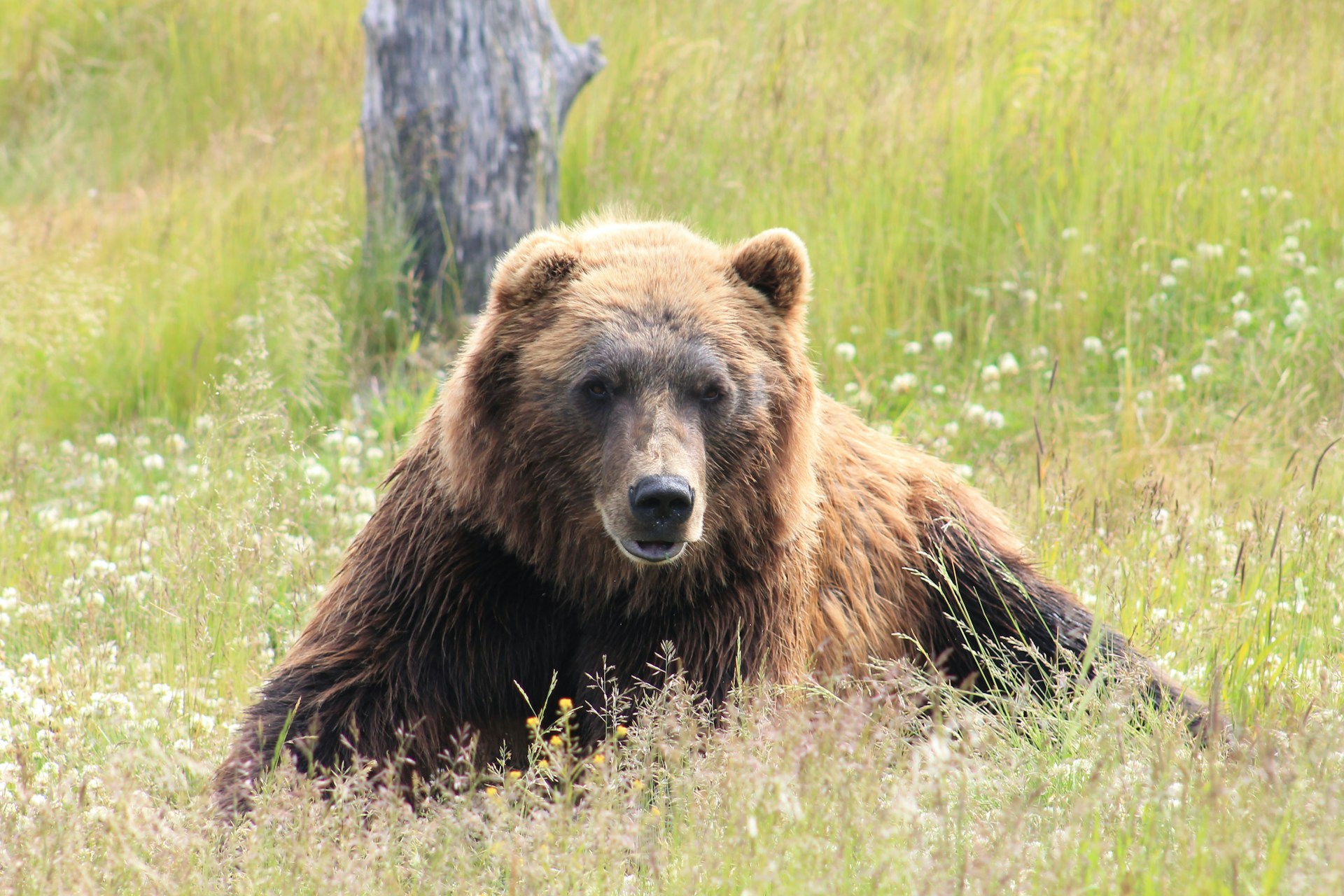
The Birth of National Park Bear Safety
Prior to the late 1960s, America's national parks lacked formal rules for bear encounters, a situation that changed dramatically following tragic incidents in Glacier National Park in 1967. Two separate grizzly attacks on the same day shocked the nation and spurred the development of comprehensive wildlife safety protocols. These new guidelines addressed issues like proper food storage, campsite selection, and appropriate behavior during wildlife encounters. Elizabeth Meyers / Unsplash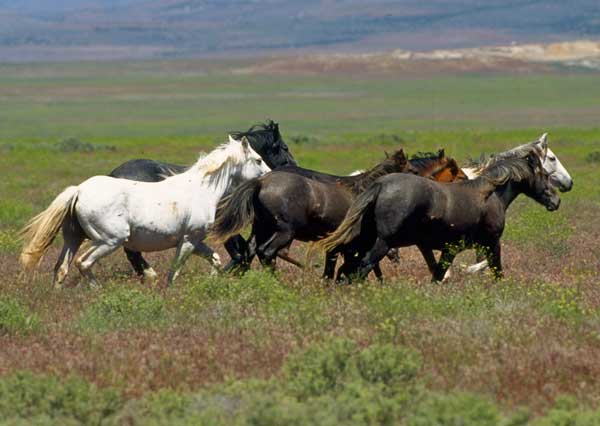
America's "Wild" Horses
The iconic mustangs that roam the American West, symbols of freedom and untamed wilderness, harbor a surprising secret - they're not native to North America. These "wild" horses are descendants of domesticated horses brought by Spanish explorers in the 1600s. Over time, some escaped or were released, forming feral herds across the frontier. As settlements expanded, their habitats shrank, and by the mid-20th century, they faced threats from hunting and habitat loss. Public outcry led to protective measures, including the establishment of the Mustang Heritage Foundation in 2001, which has since facilitated the adoption of thousands of mustangs. Bureau of Land Management / Wikimedia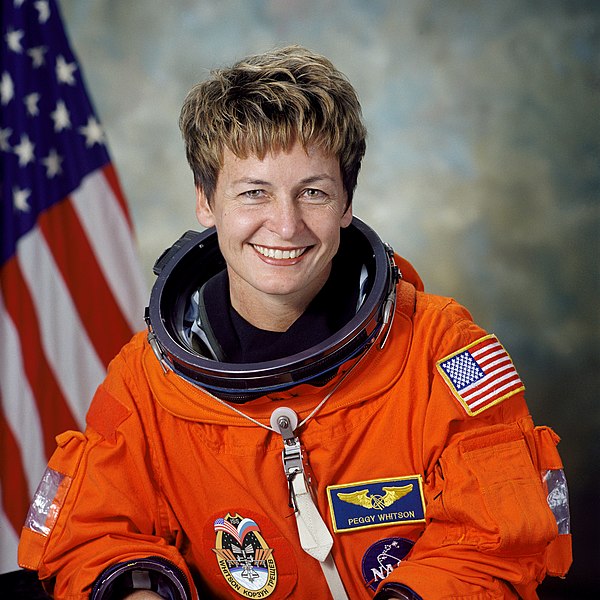
Breaking the Space Ceiling
In 2017, NASA astronaut Peggy Whitson shattered expectations and the American record for cumulative time spent in space. Commanding the International Space Station, Whitson surpassed the previous record of 534 days set by Jeff Williams. Her achievement not only marked a personal triumph but also represented a significant milestone for women in space exploration. Whitson's record-breaking mission, her third journey to space, saw her extend or break four spaceflight records, firmly establishing her as one of America's most experienced astronauts and paving the way for future generations of women in space. NASA / Wikimedia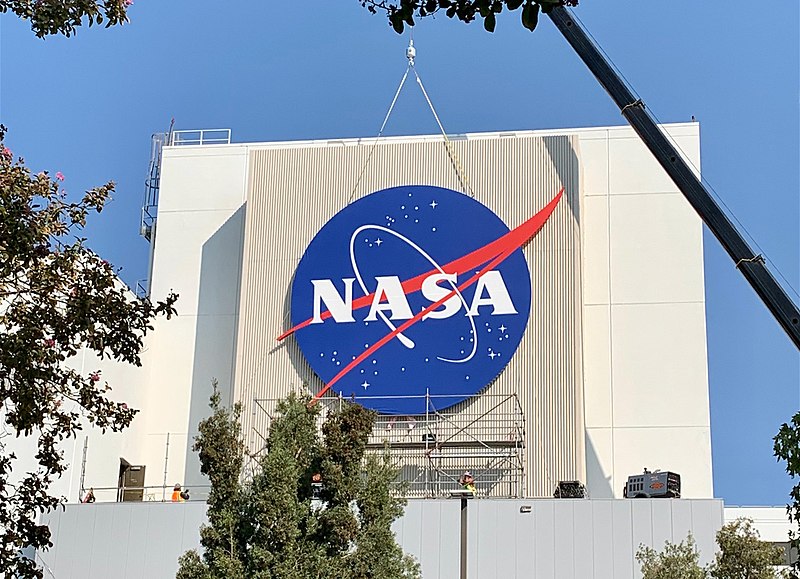
Scouts in Space
The connection between the Boy Scouts of America and NASA runs surprisingly deep. Of the 320 astronauts chosen for space missions, a remarkable 181 were former Scouts. This association extends to the legendary Apollo missions, where 20 of the 24 astronauts who traveled to the Moon, including 11 of the 12 who walked on its surface, had been Scouts. This strong representation isn't limited to successful missions; Scouts were also among those lost in the Apollo 1, Challenger, and Columbia tragedies. NASA/JPL-Caltech / Wikimedia
Florida's Would-Be Nation
In 1792, an eccentric figure named William Augustus Bowles embarked on an audacious attempt to establish an independent nation in Florida. Styling himself as the "Director General of the Muskogee Nation," Bowles led a diverse coalition of runaway slaves, Seminole allies, and expatriates against Spanish rule. His guerrilla tactics disrupted trade and challenged Spanish authority, making him a wanted man with bounties on his head. Bowles's colorful career included multiple escapes from captivity, including one from a Spanish prison in the Philippines. His ambitious dream ultimately ended with his capture in 1803, and he died in prison in Havana, Cuba, in 1805, leaving behind a legacy of frontier intrigue and failed rebellion. Thomas Bush Hardy / Wikimedia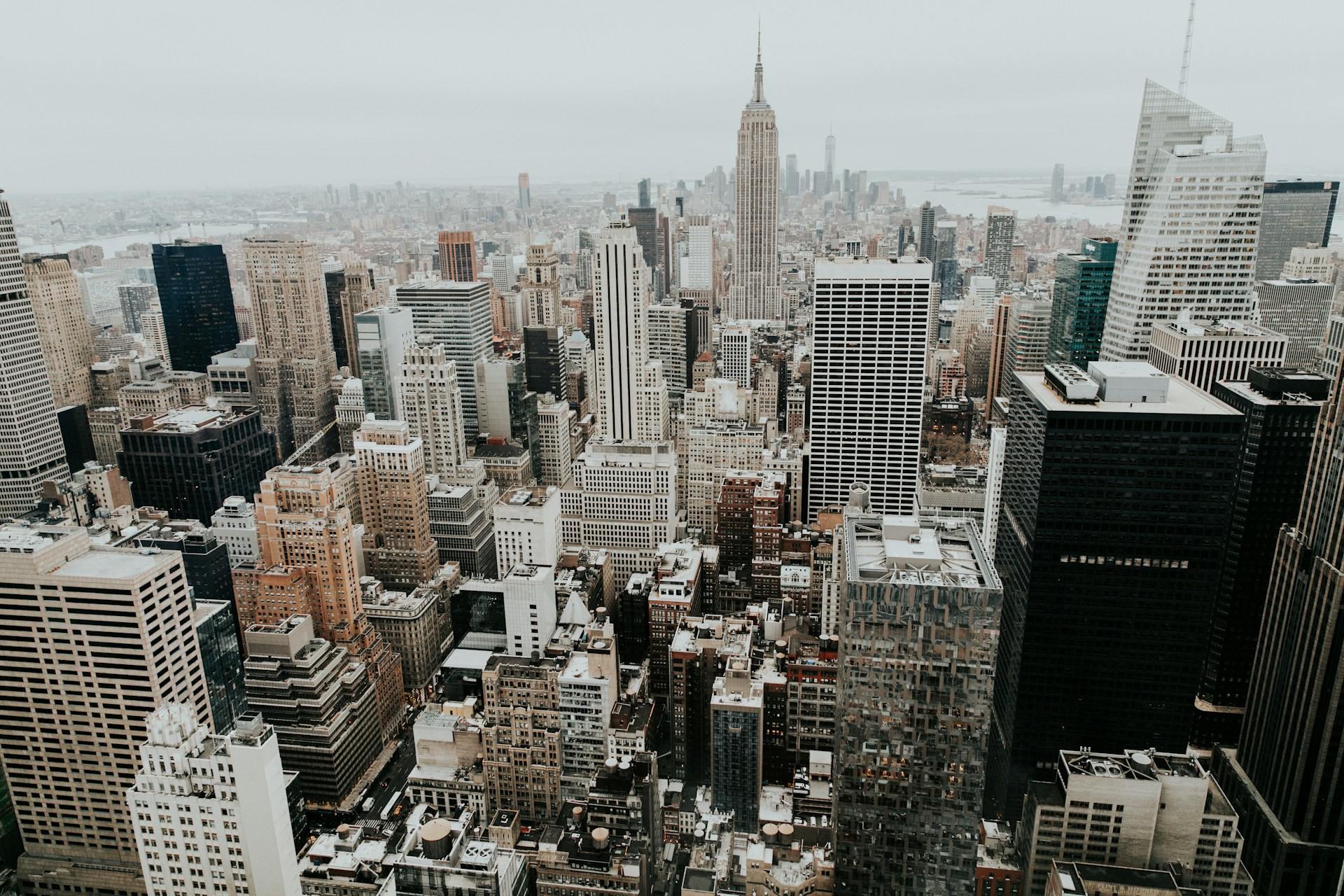
New York: A City of Cities
New York City's population statistics are staggering, with more residents than 40 entire U.S. states. This urban giant is a microcosm of America itself, boasting unparalleled diversity with over 800 languages spoken within its boundaries. The city's boroughs are so populous that Brooklyn alone would rank as the country's fourth-largest city if it were independent, with Queens not far behind. This concentration of humanity creates a unique urban ecosystem, where cultures, ideas, and innovations collide and blend. Hannah Busing / Unsplash
America's Moving Landmarks
Among America's nearly 2,600 National Historic Landmarks, two stand out for their unique ability to move. San Francisco's iconic cable cars and New Orleans' St. Charles streetcar line, the oldest in the nation, are not static monuments but living, functional pieces of history. These mobile landmarks continue to serve their original purpose, transporting passengers while simultaneously preserving a tangible link to the past. Daniel J. Schwarz / Unsplash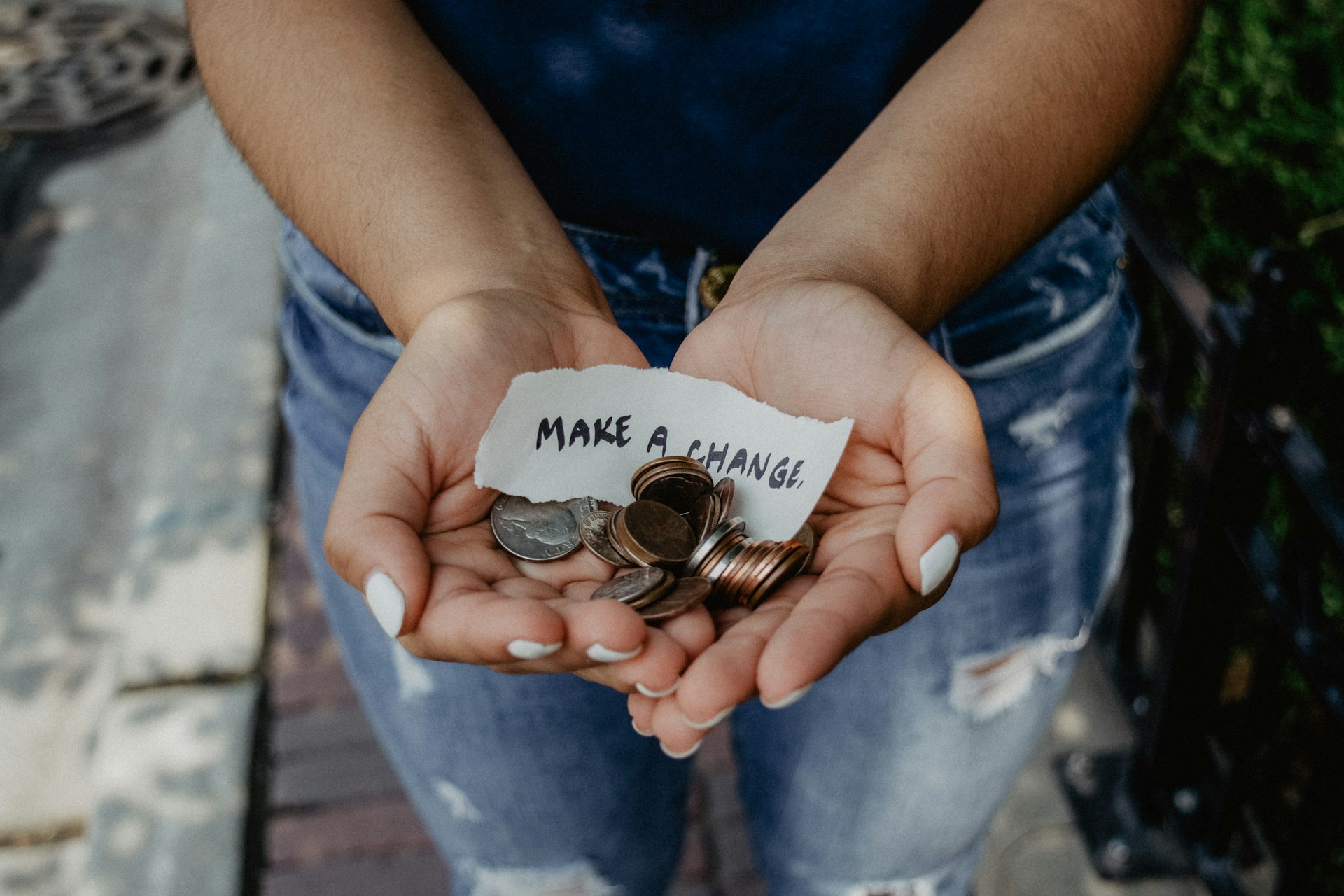
Charitable Giving Trends in the United States
The Charities Aid Foundation's World Giving Index frequently places the United States among the top-ranking countries for charitable giving. According to their data, approximately 60% of Americans report making charitable donations, while 72% say they have helped strangers in need. During the COVID-19 pandemic, reported charitable giving in the US increased, with donation levels in 2020 and 2021 exceeding those recorded before the pandemic. Katt Yukawa / Unsplash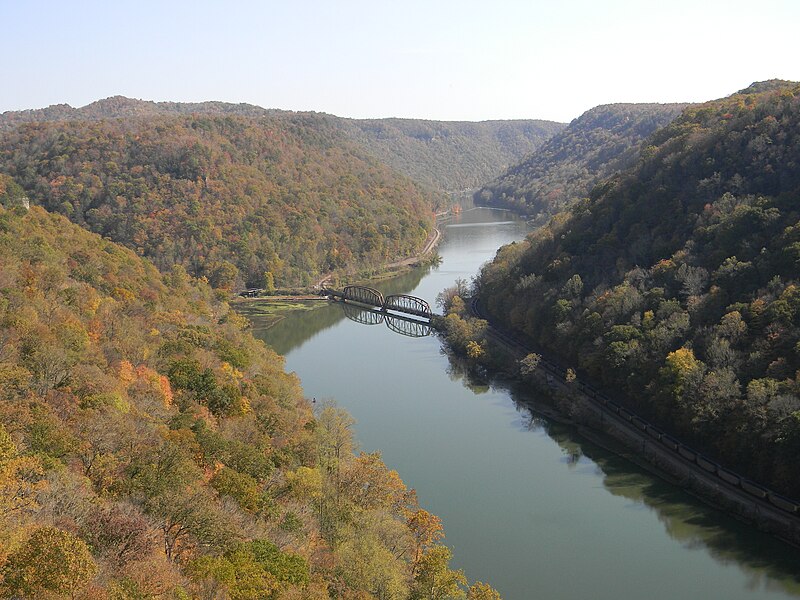
North America's Ancient Waterway
The New River, despite its name, is believed to be one of the oldest rivers in the world and possibly predates the formation of the North American continent itself. Originating near Blowing Rock, North Carolina, this ancient waterway is estimated to be between 10 and 360 million years old. Adding to its uniqueness, the New River flows northward, contrary to the southward flow of most North American rivers. NKS22 / Wikimedia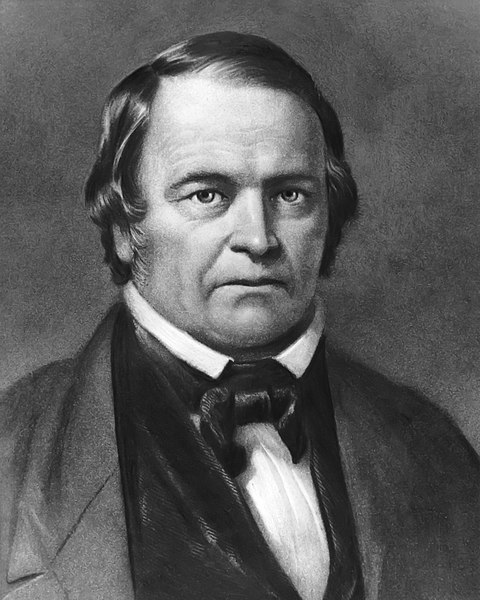
The Great Disappointment of 1844
In 1844, farmer-turned-preacher William Miller predicted the Second Coming of Jesus Christ would occur on October 22nd of that year. His prophecy, based on biblical interpretation, attracted roughly 100,000 followers who gathered across the Northeast in anticipation. As the day passed without incident, the event became known as "The Great Disappointment." This failed prediction had a profound impact on American religious history, leading to the fracturing of Miller's movement and the formation of several new religious groups. Ellen G. White Estate / Wikimedia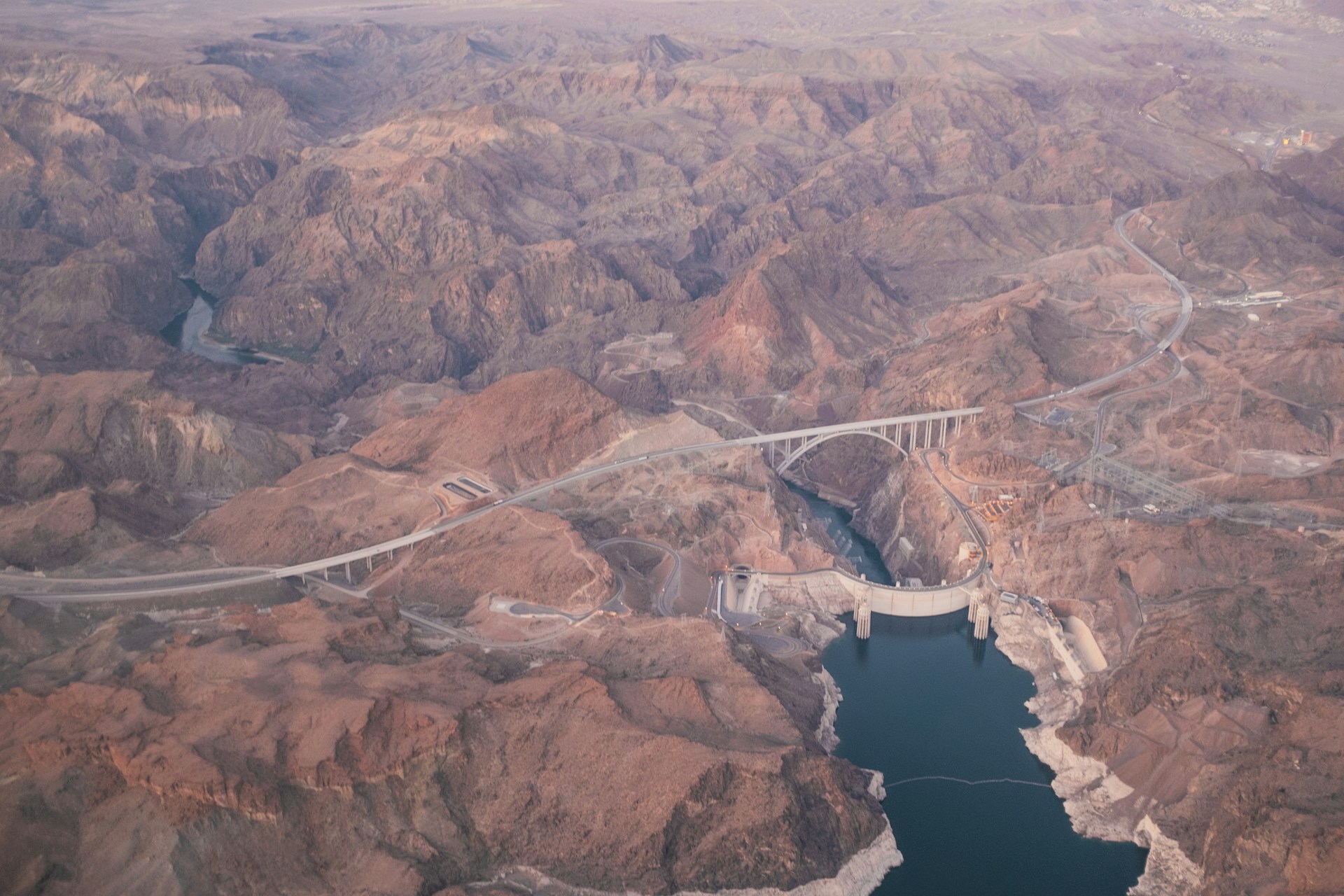
The Monumental Hoover Dam
This colossal structure contains more concrete than the Great Pyramid of Giza, yet was constructed with just one-twentieth of the manpower. The amount of concrete used could pave a two-lane highway from San Francisco to New York City, spanning 2,565.68 miles. Beyond its impressive statistics, the Hoover Dam plays a crucial role in water management and power generation for the Southwest United States. Chris Lawton / Unsplash